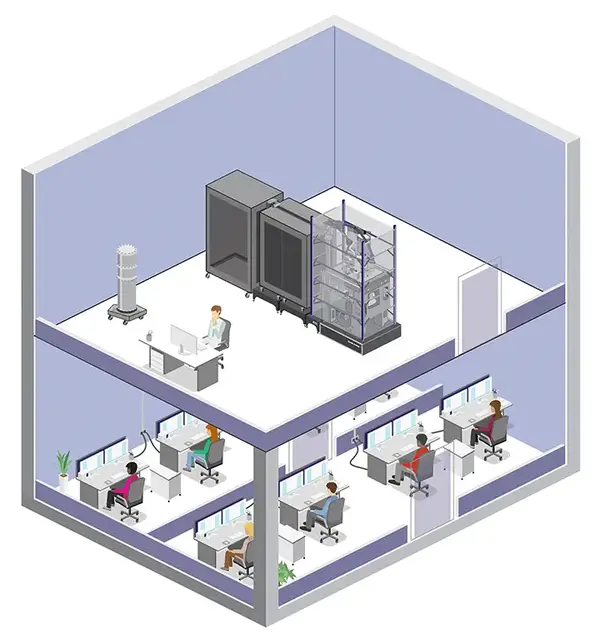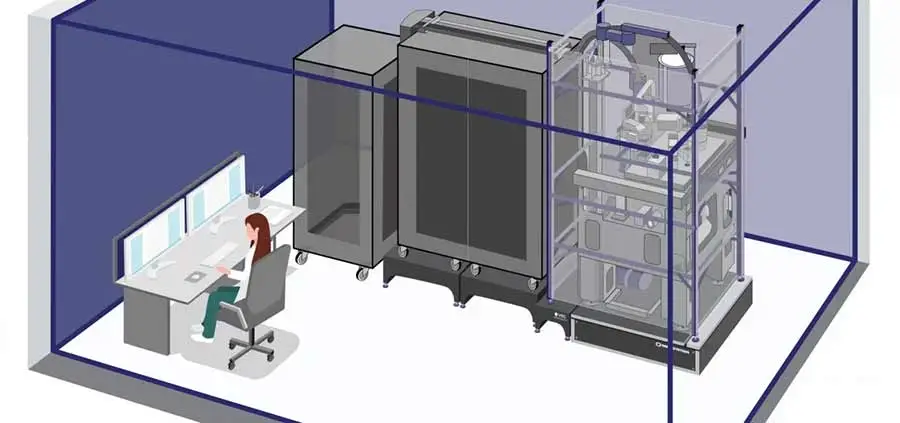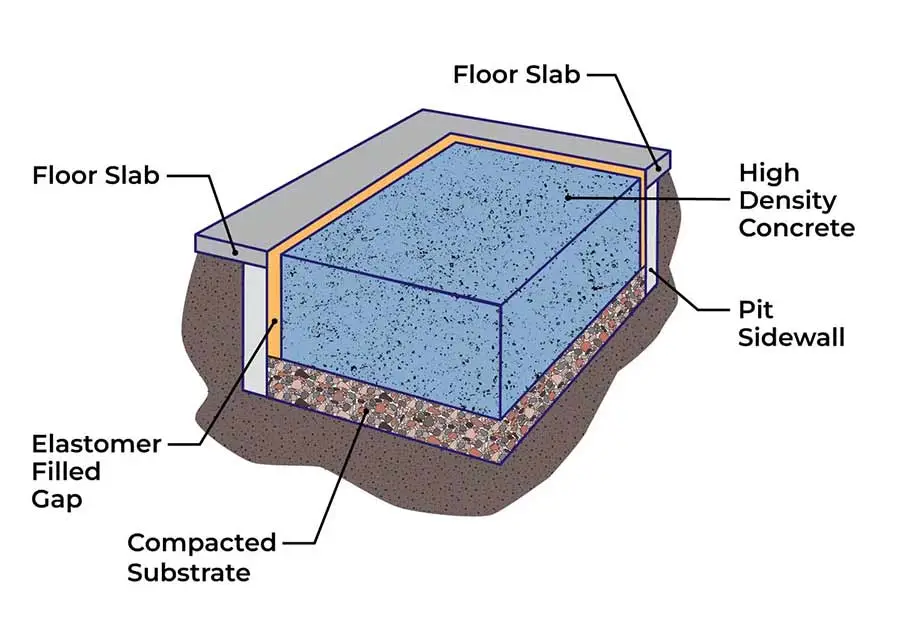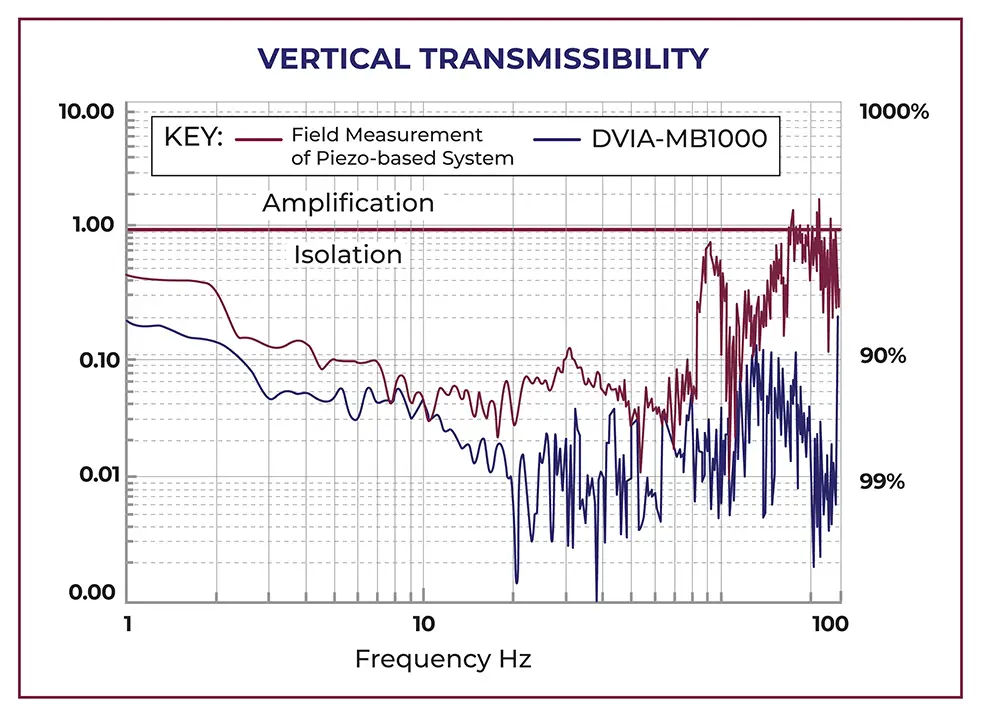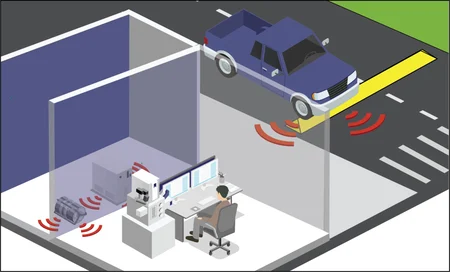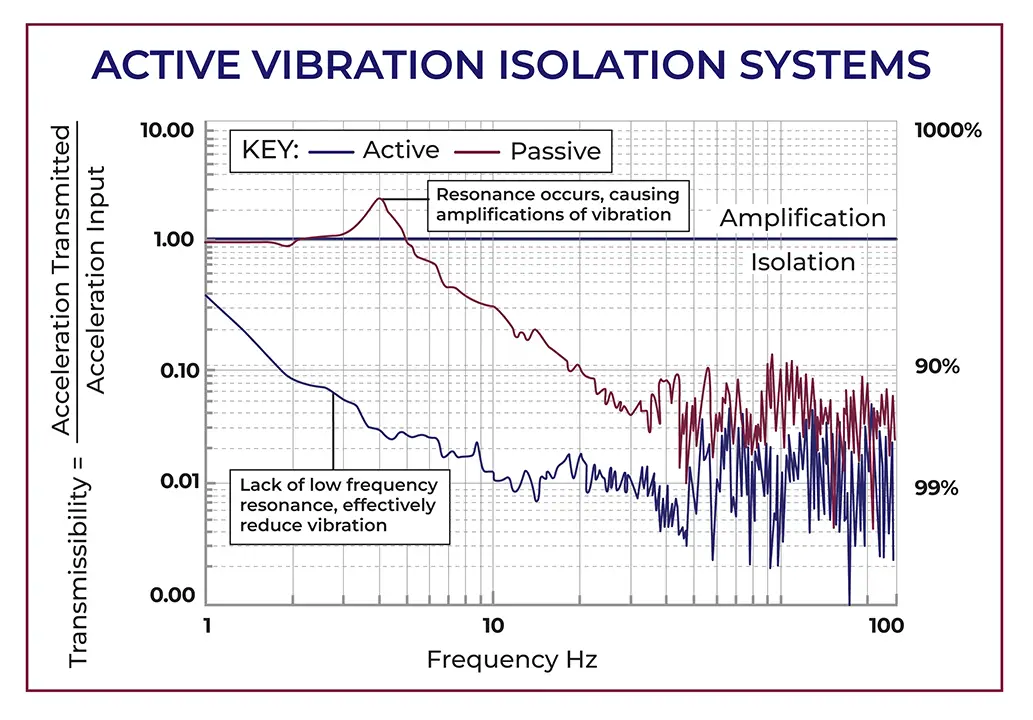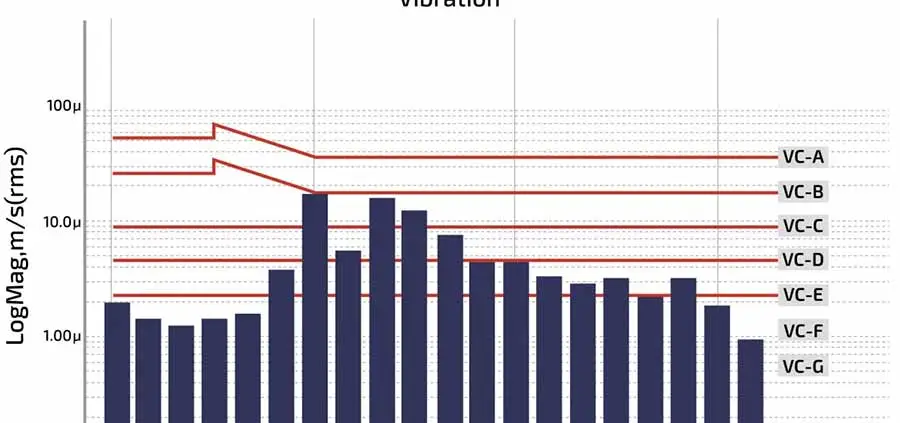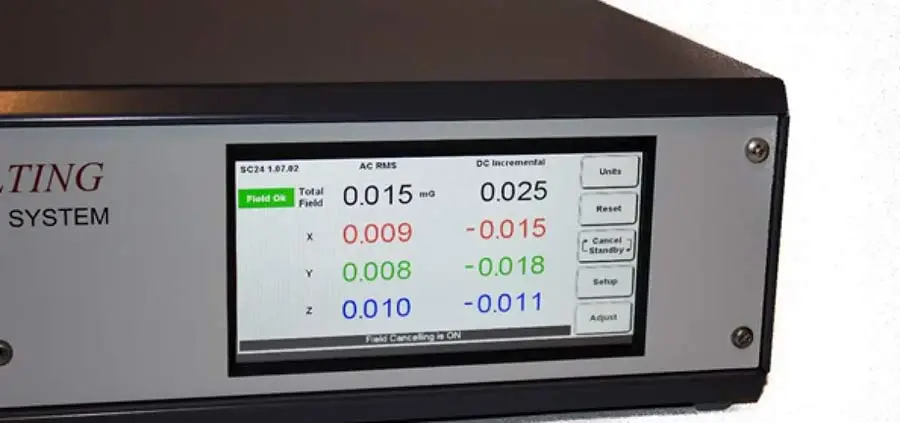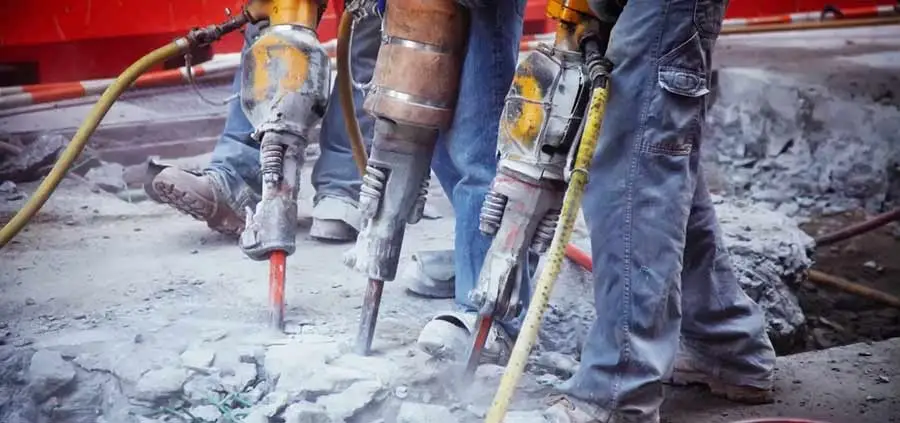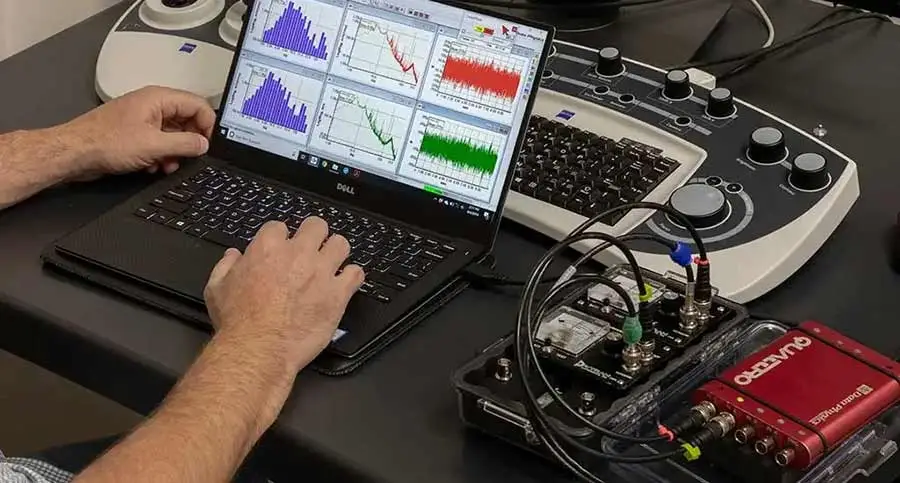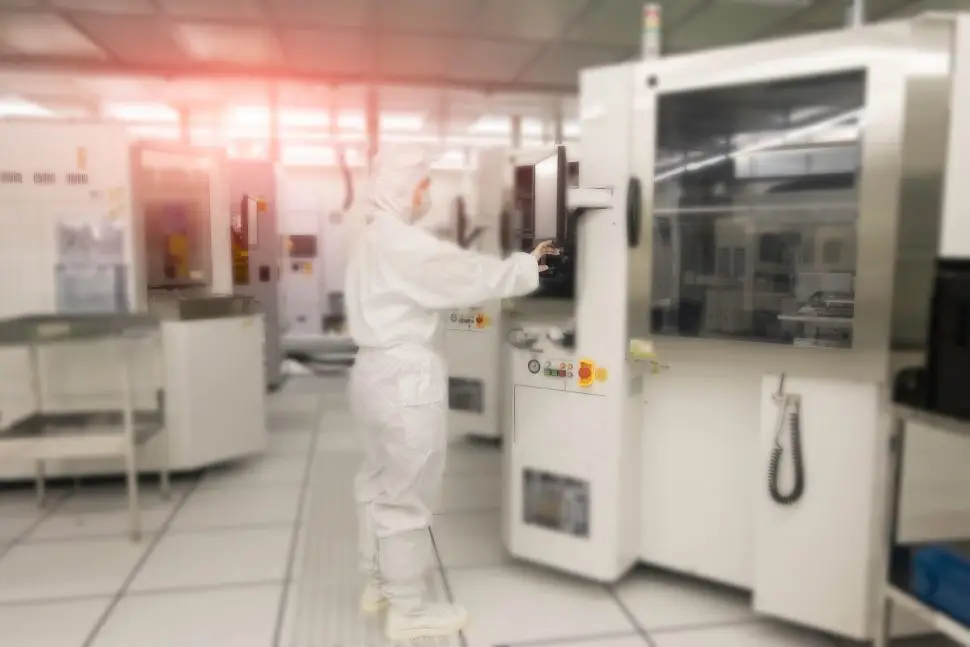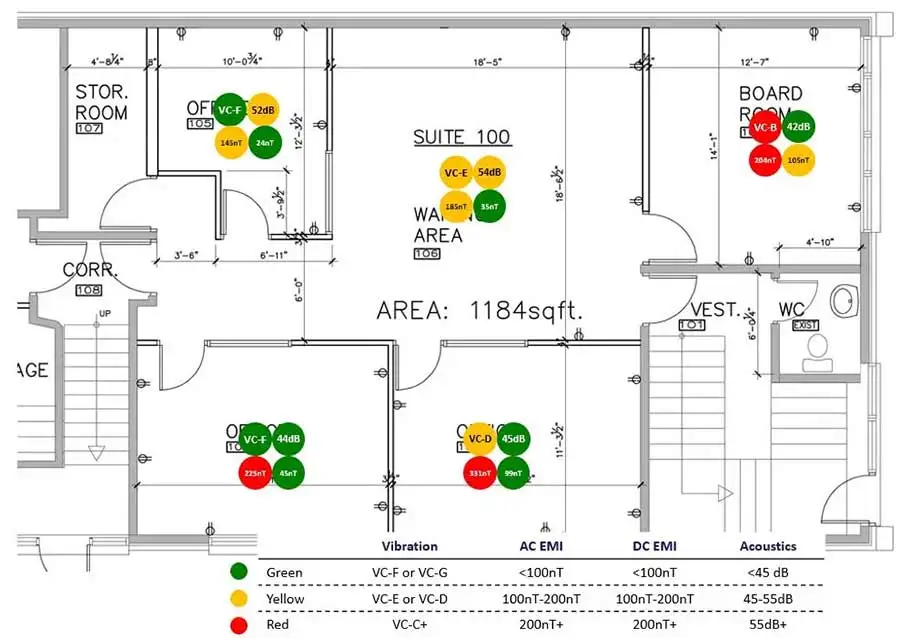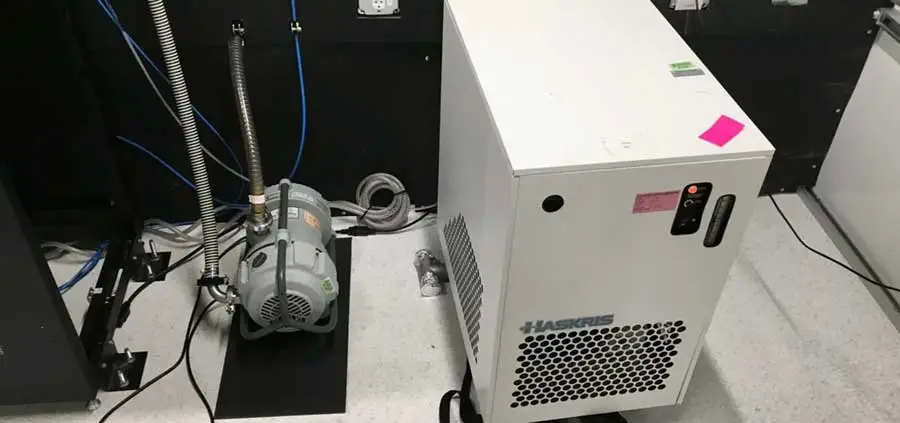DVIA-ML Low-Profile Series
- Home
- /
- Products
- /
- Vibration Isolation
- /
- DVIA-ML Low-Profile Series
Low-Profile Vibration Isolation Platform for Ultra High-Resolution SEM, FIB, & other analytical instruments
The DVIA-ML is the preferred active vibration isolation system for high- & ultrahigh-resolution electron microscopes and analytical equipment. The sophisticated active vibration control algorithms deliver top-tier performance in six degrees of freedom.
Download/Product Guide:
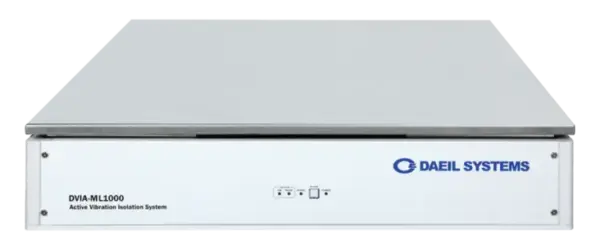
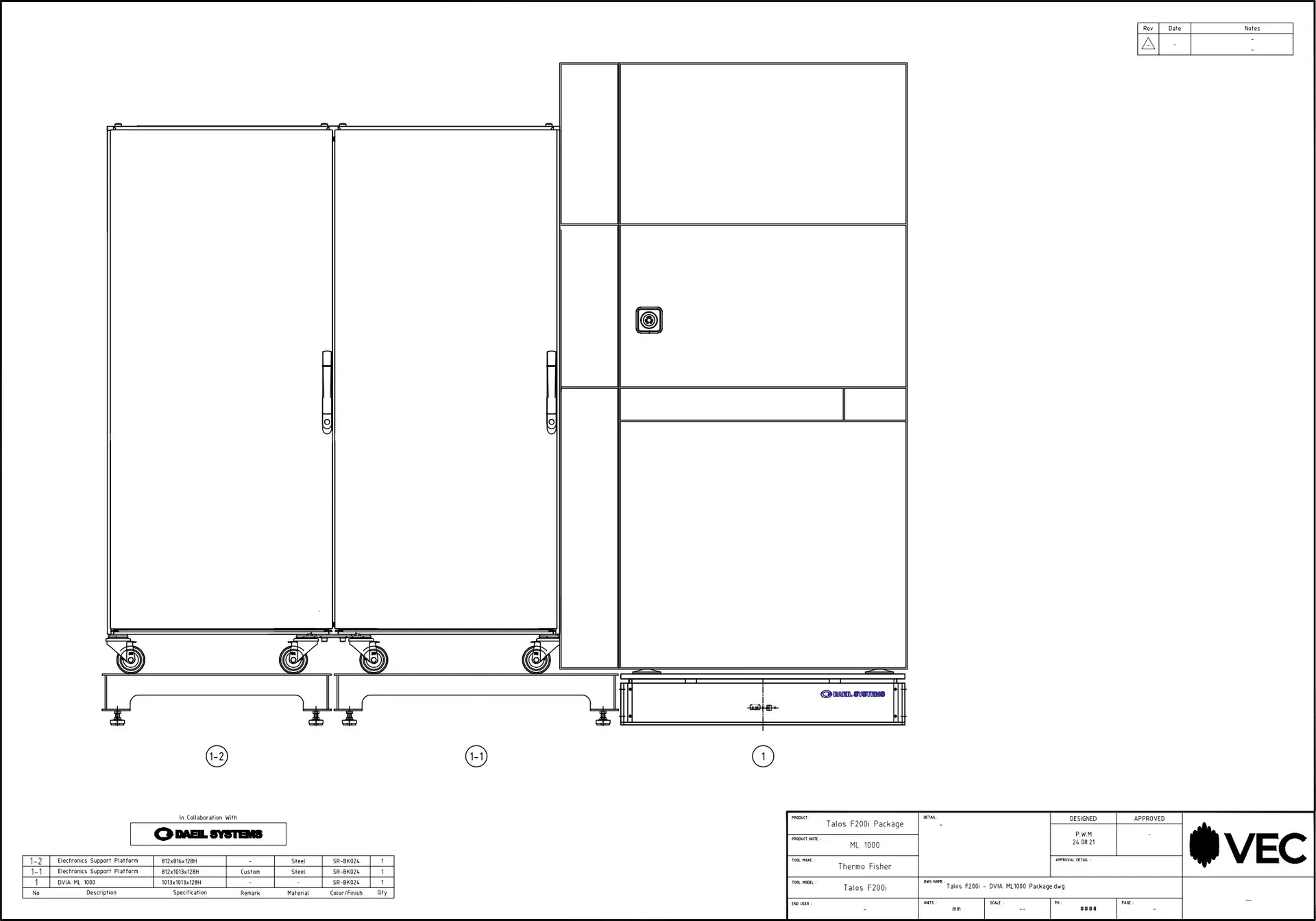
Instrument Specific
Isolation Packages
Microscopes have several key components to isolation system design, such as acoustic enclosures, crane operations, cable routing, and optics cabinets. VEC offers model-specific packages to support the isolation and operational needs of popular high-resolution instruments.
Lower-Profile, Improved Performance
Microscope and isolation system height are key factors when buying new instruments. The new DVIA-ML isolation system is 34% shorter than top competitors, offering better ergonomics and more installation options, especially for TEMs. It also features upgraded electronics and software for improved vibration isolation, especially at lower frequencies.

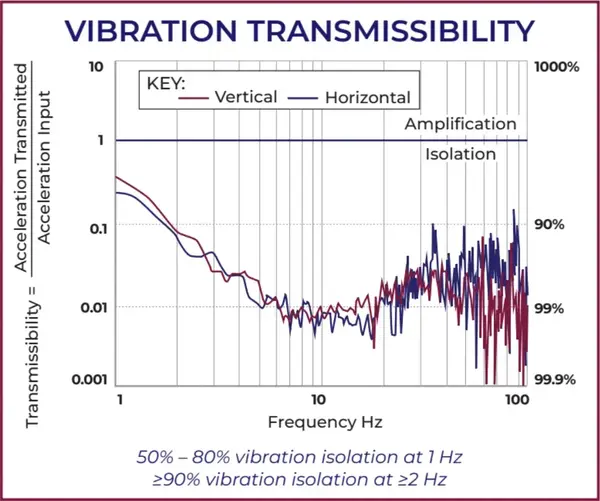
Exceptional Low & High-Frequency Active Vibration Isolation
The DVIA-ML achieves an impressive 80 - 90% vibration isolation efficiency at 1 Hz, starting its isolation effectiveness from as low as 0.5 Hz, thanks to its state-of-the-art active vibration control algorithms.
Enhanced Software with Low-Noise Vibration Control
The DVIA-ML offers advanced PID optimization and a new feedforward D gain to reduce vibrations below 0.5 Hz. Paired with eleven geophone sensors for accurate low-frequency vibration detection and precision actuators at each corner, the DVIA-ML delivers stability and performance even in demanding applications.
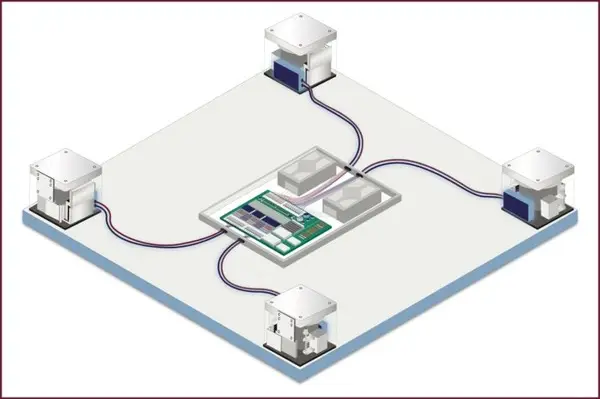
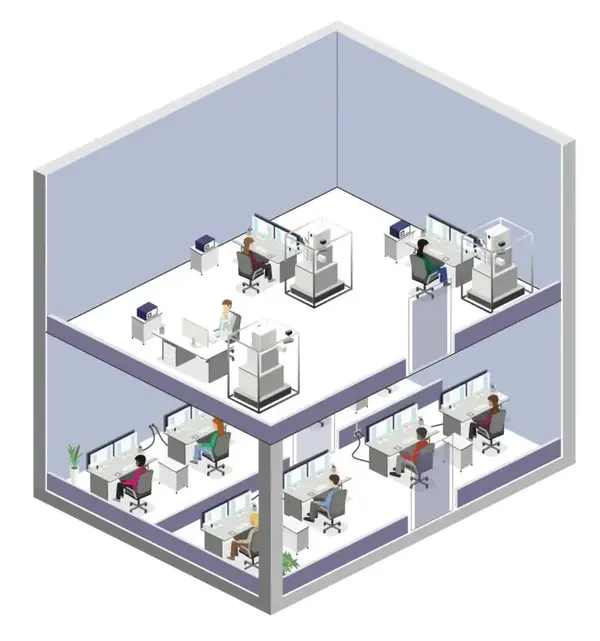
Less Sensitive to Variations in Floor Stiffness
The DVIA-ML series uses a pneumatic passive component and feedforward control for active isolation, making it less dependent on floor stiffness than piezoelectric systems.
Out-of-the-Box Feed Forward Control
Our DVIA isolation systems are equipped with advanced feedforward controls on all models. These controls, utilizing real-time ground sensor measurements, detect and preemptively cancel vibrations before they reach the isolated mass. The dynamic control adapts seamlessly to changing vibration levels and self-optimizes, ensuring consistent outstanding performance.
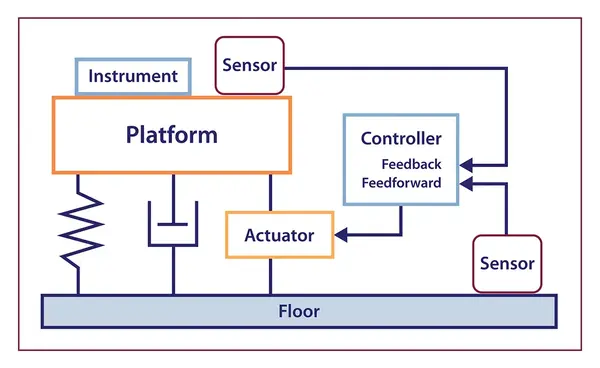
Turnkey
Solutions

Production
Selection

Design

Production

Stakeholder
Coordination

Installation

Support
Turnkey Solutions
VEC delivers turnkey solutions for vibration isolation, magnetic field cancellation, and acoustic abatement for your laboratory. You get expert guidance in product selection, transparent design, on-site installation, and post-sale support for sustained performance with us.
Product Selection
VEC reviews instrument specifications, site testing data, and facility layout to select the product most suitable for your requirements.
Design
VEC provides design documents based on instrument footprint, product details, and project drawings to communicate the proposed solution before purchase. Seismic calculations and stamped structural drawings are available as needed.
Production
VEC ensures production accuracy based on the design and will keep project members abreast of timelines and delivery details.
Stakeholder Coordination
VEC strives to clearly coordinate with the many project stakeholders, including architects, facilities, contractors, and equipment manufacturers.
Installation
VEC engineers will provide on-site installation services to ensure your systems' proper installation and performance. VEC provides installation reports documenting the installation and system performance.
Support
VEC stands behind its products and performance beyond the sale and installation, and engineers are available for support as needed.
Turnkey Solutions
VEC delivers turnkey solutions for vibration isolation, magnetic field cancellation, and acoustic abatement for your laboratory. You get expert guidance in product selection, transparent design, on-site installation, and post-sale support for sustained performance with us.

Product Selection
VEC reviews instrument specifications, site testing data, and facility layout to select the product most suitable for your requirements.

Design
VEC provides design documents based on instrument footprint, product details, and project drawings to communicate the proposed solution before purchase. Seismic calculations and stamped structural drawings are available as needed.

Production
VEC ensures production accuracy based on the design and will keep project members abreast of timelines and delivery details.

Stakeholder Coordination
VEC strives to clearly coordinate with the many project stakeholders, including architects, facilities, contractors, and equipment manufacturers.

Installation
VEC engineers will provide on-site installation services to ensure your systems' proper installation and performance. VEC provides installation reports documenting the installation and system performance.

Support
VEC stands behind its products and performance beyond the sale and installation, and engineers are available for support as needed.
Controlling Vibrations in all
Six Degrees of Freedom
Inertial sensors and electromagnetic actuators installed in the DVIA-ML active vibration isolation systems detect and control vibrations in three translational degrees of motion ( X, Y, and Z), and three rotational degrees of motion (pitch, roll, and yaw).
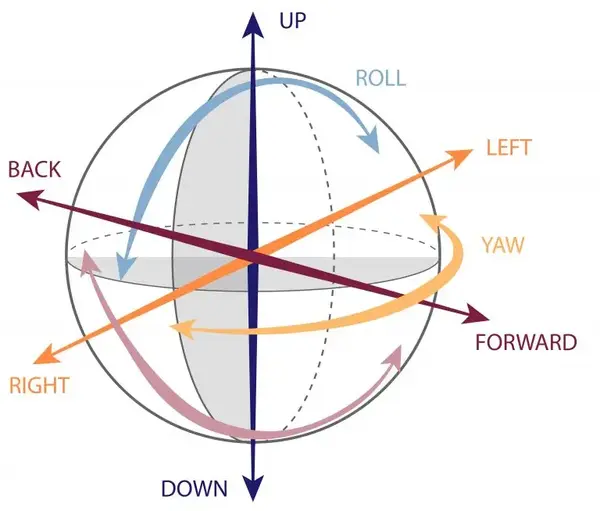
On-Site Optimization for
Better Performance
Vibration levels vary depending on the environment, location, vibration sources, and other factors. VEC uses onsite data and instrument dimensions to optimize the feedback and feedforward control systems to maximize vibration isolation performance.
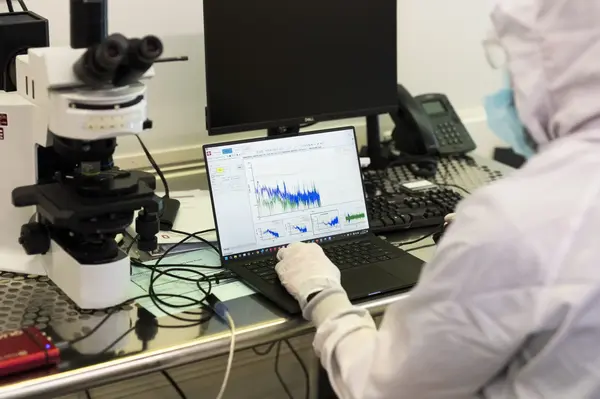
Specifications
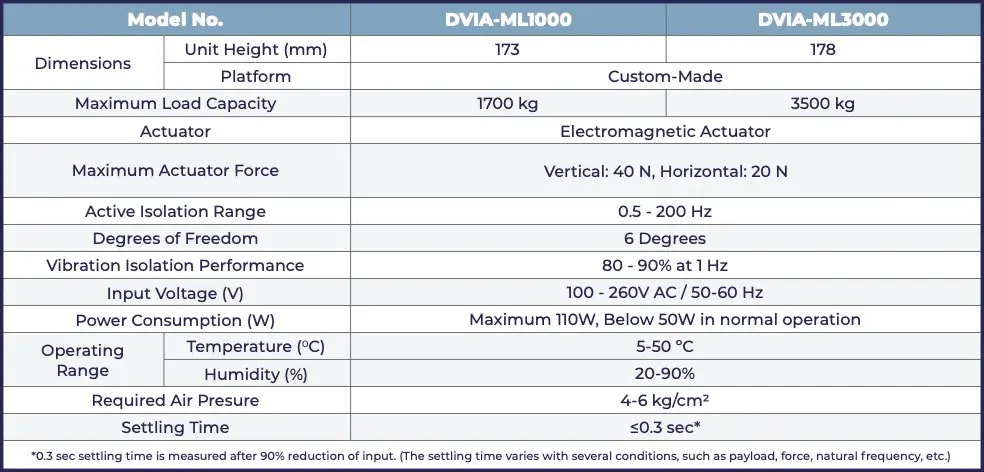
Dedication to Quality
All Daeil Systems products are TUV and CE certified.
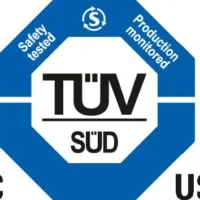
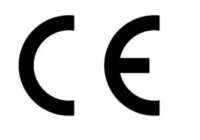
Technical Blogs & Case Studies
Electron Microscopes on High Floors: Why VEC’s Daeil DVIA Systems Are the Only Vibration Isolation Option
Vibration Isolation for Cryo-TEM: Over 90% Measured Reduction at 2 Hz
Isolated Slabs: Do they work? What does the data say?
DVIA-M vs Piezoelectric Vibration Isolation Systems. Which is King?
Electron Microscope Vibration: An Increasing Issue in Today’s Laboratories
Active vs. Passive Vibration Isolation
What are VC-Curves, why are they useful, and how are they relevant?
Overcoming Microscopy Interference When You Can’t Find the Source of the Problem
Understanding and Mitigating Vibration In Your Facility
Site Survey: Why Use a Third-Party?
Cutting Edge Semiconductor Facility In An Old Building On A High Floor?
Cleanroom Site Evaluation – An Avoided Disaster
Reducing Vibration from Mechanical Equipment in an Electron Microscopy Lab
Let’s get in touch
